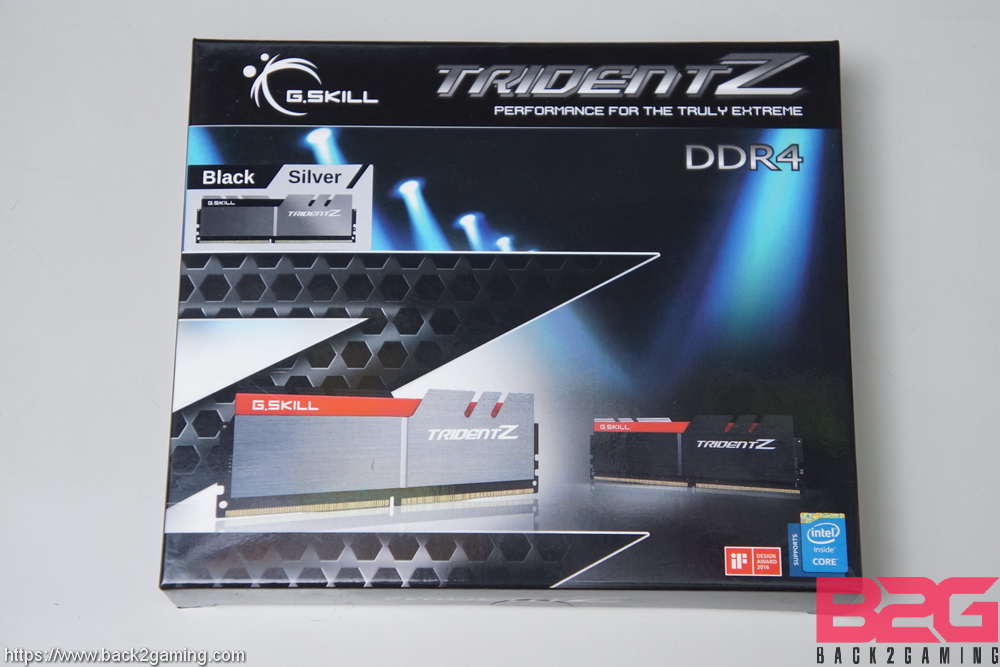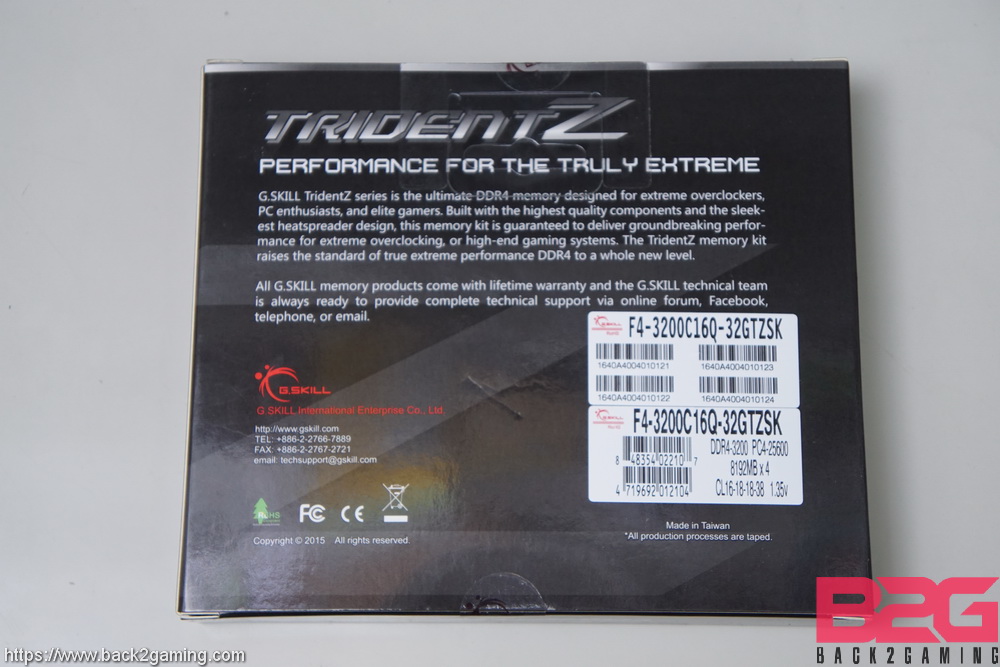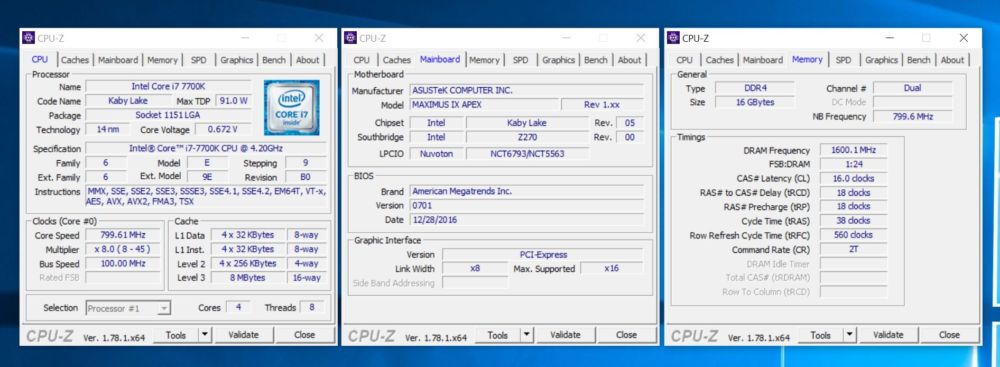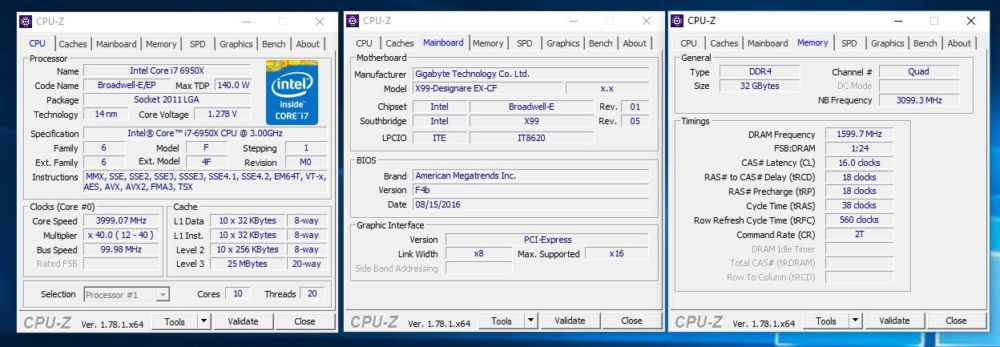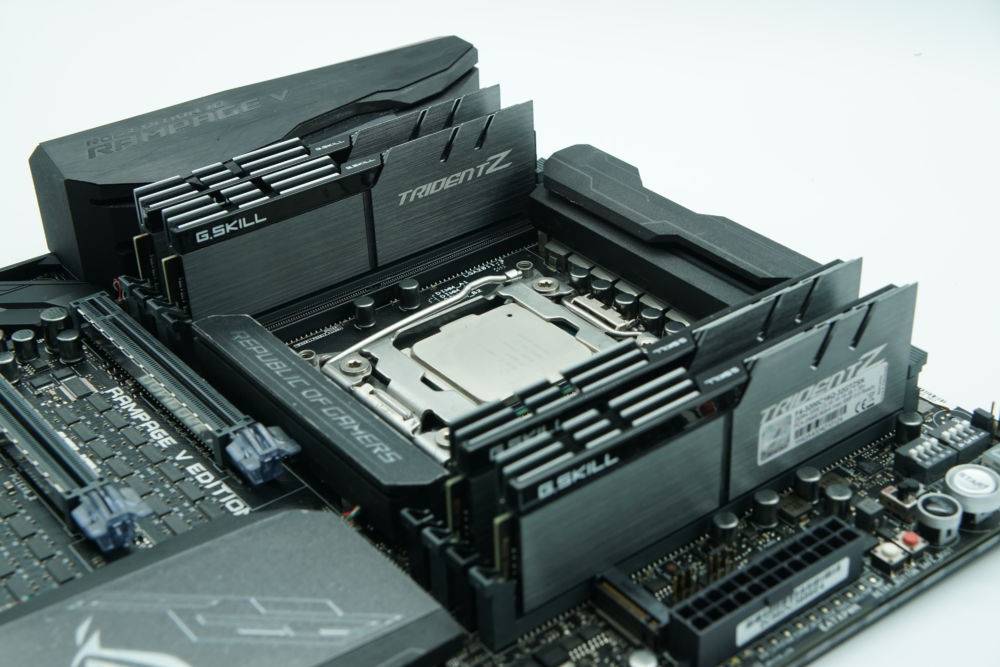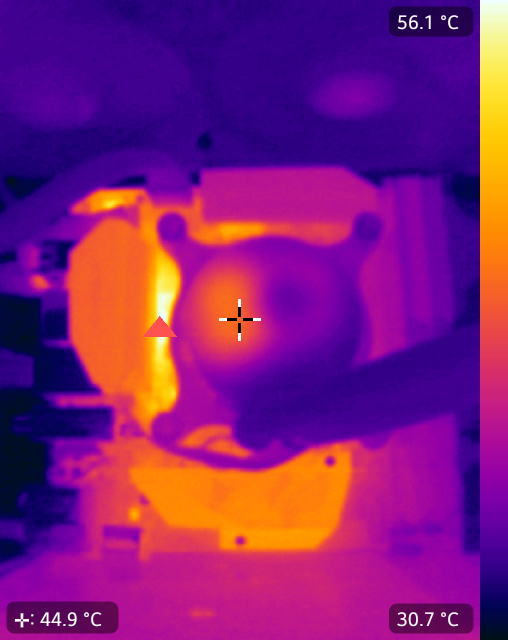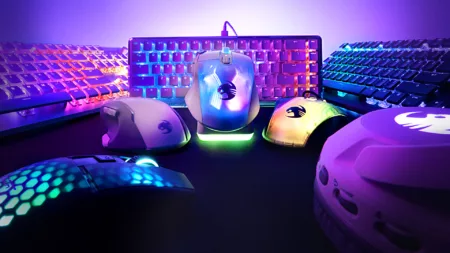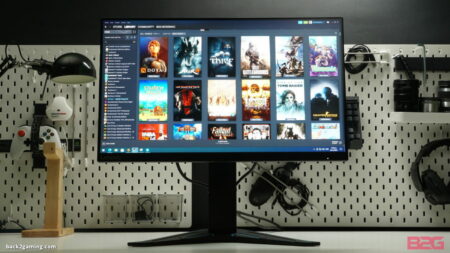With the Z270 platform allowing further memory speeds to be utilized, brands prior to the RGB revolution have come up with faster kits to influence consumers to take advantage of the frequency benefits of the platform. Ultimately, speeds were soaring past DDR4-3600 but the sweet spot for RAM frequency has been the DDR4-3000 to DDR4-3200 mark and at those speeds some people still want a balance of performance, good looks and in some cases, maximum capacity. In today’s review we’ll take a look at G.Skill’s 32GB quad-channel kit, the G.Skill Trident Z DDR4-3200 memory kit which is a power users’ dream.
G.Skill’s Trident Z series of memories are intended for the newer Intel series platforms are offered in high speed frequencies and while capacities vary in configuration, the samples we have today are the 4x8GB kits which have a timing of 16-18-18-38 which is a bit loose compared to the X99 oriented model which have better CAS14 timings. Despite that, the main draw here is that these kits are still compatible with those platforms and come in variety of colors for a splash of style that can mix with most modern color themes for any system. The newer Trident Z have a dash of plastic across that top for added styling. Read on!
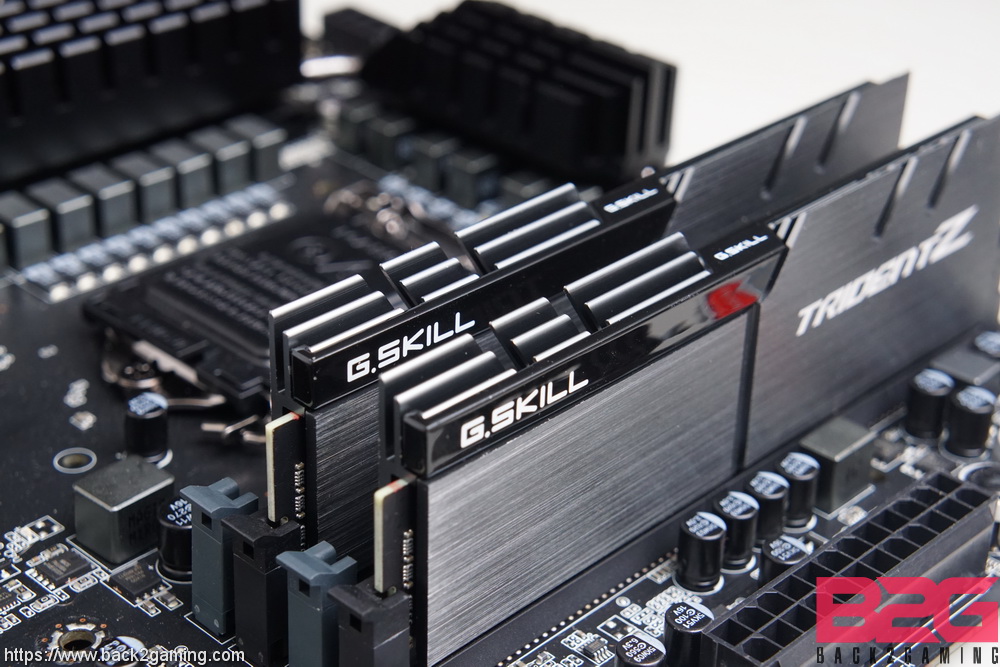
Features
- DDR4 3200 (PC4 25600)
- Timing 16-18-18-38
- CAS Latency 16
- Voltage 1.35V
Closer Look
The G.Skill Trident Z is packaged in a simple, full colored print box which has an obligatory product shot in the front with some styling in background. Notable highlights include the Intel badge as well as the DDR4 notation. Most of the details are actually listed in the back with the serial stickers which denotes which model we have. Our sample is the F4-3200C16Q-32GTZSK which has timings of 16-18-18-35 with a maximum voltage of 1.35 at its box-rated speeds.
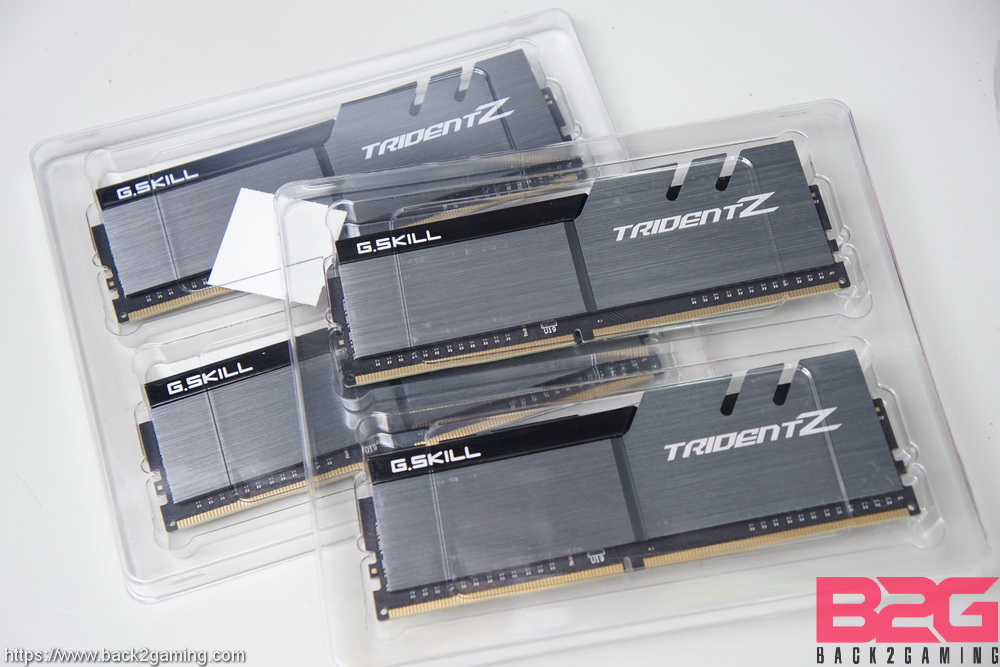
Inside the package are 2 clamshell enclosures with the Trident Z DIMMs and a G.Skill sticker.
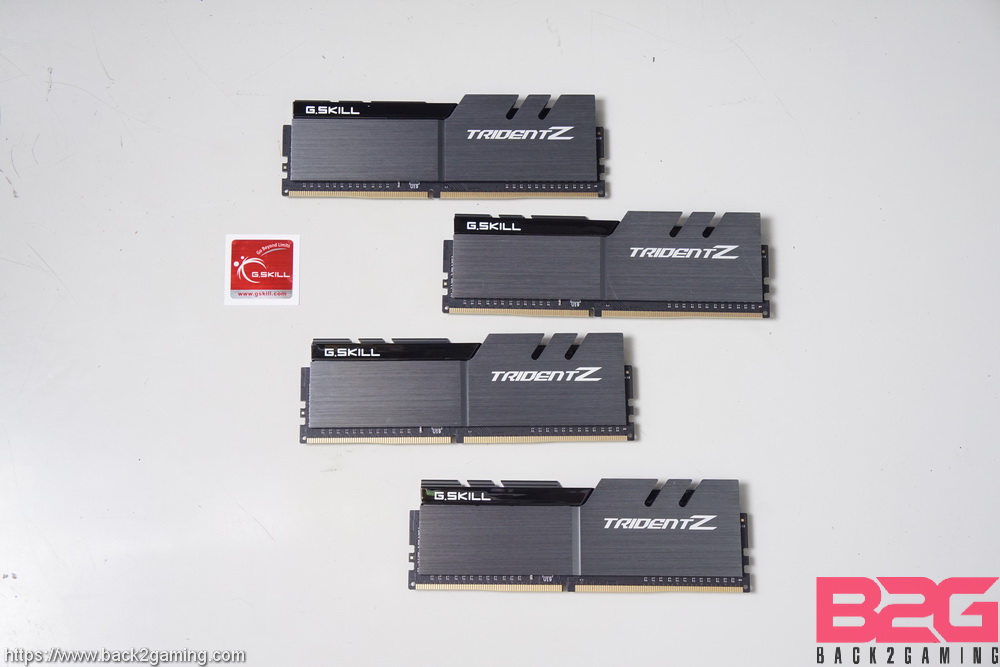
The G.Skill Trident Z uses brushed aluminum heatsinks for the main shroud of the memory sticks and has a plastic tab that varies in color.
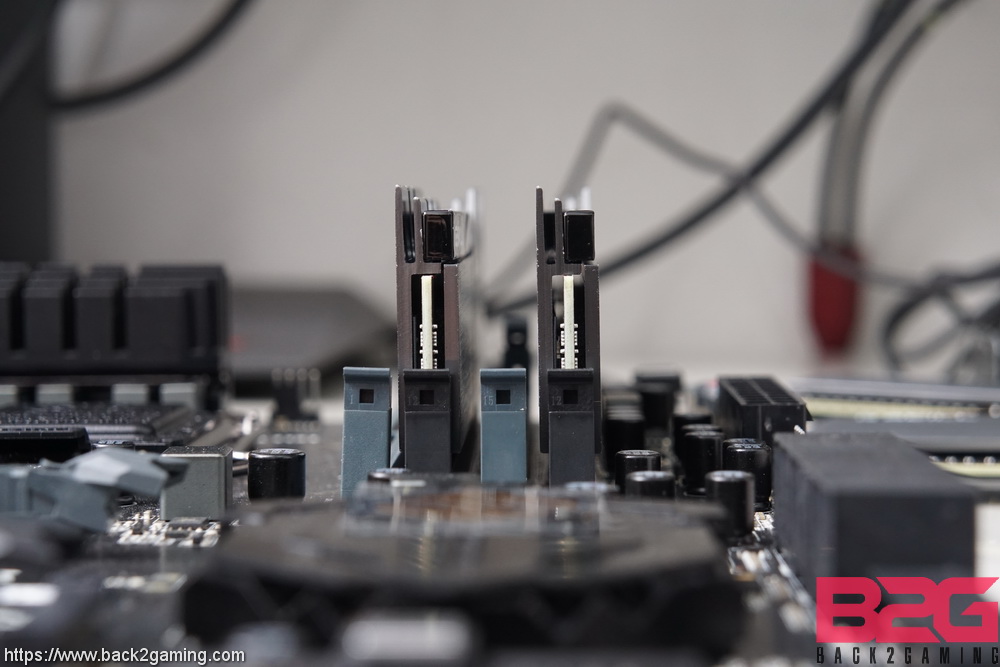
The Trident Z are relatively mid-sized allowing maximum compatibility even with large air tower coolers.
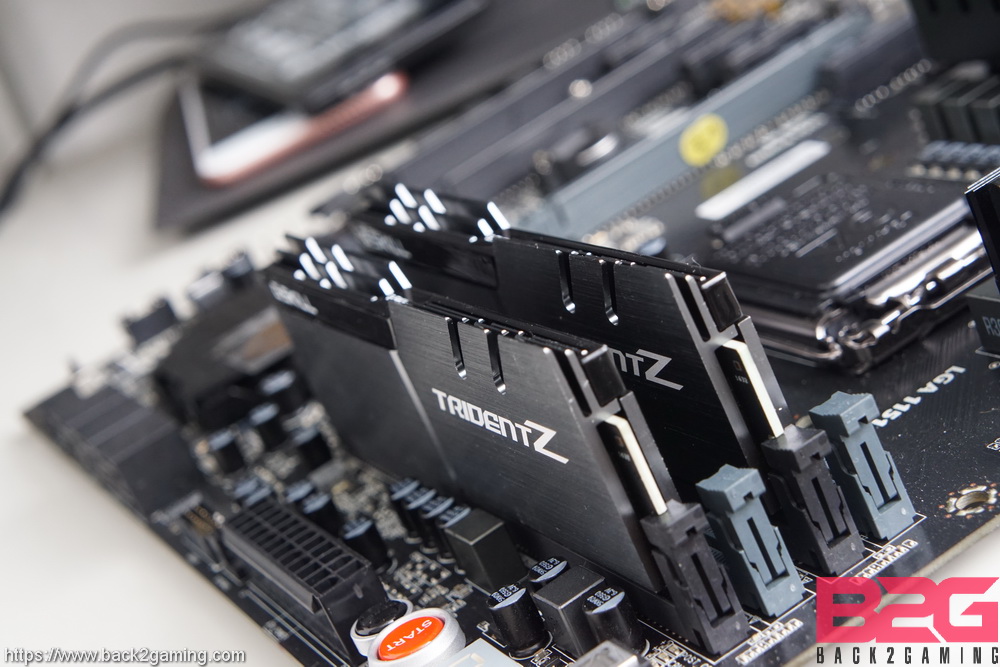
The edge of the heatsinks are made up of broad fins which meet in the middle and are mirrored reversed on the opposite edge.
Performance Testing
Test Setup
Processor: Intel Core i7 7700K
Motherboard: ASUS ROG Maximus IX APEX
Memory: GSkill TridentZ 32GB DDR4-3200 Memory Kit
Storage: Intel SSD 750 NVME U.2 SSD
PSU: Seasonic Platinum 1000
Cooling: Thermaltake Water 3.0 Riings 360mm
Monitor: ASUS PG27AQ UHD Monitor
VGA: NVIDIA GTX 1080 Ti Founders Edition
We’ll be taking a look at these memories in their native speeds on a stock Core i7-7700K. This is the ensure that results can easily be replicated by anyone with similar systems and achieve results on a more uniform setup. As always we present the numbers for your own conclusion.
wpDataChart with provided ID not found!
wpDataChart with provided ID not found!
wpDataChart with provided ID not found!
wpDataChart with provided ID not found!
wpDataChart with provided ID not found!
wpDataChart with provided ID not found!
User Experience & Conclusion
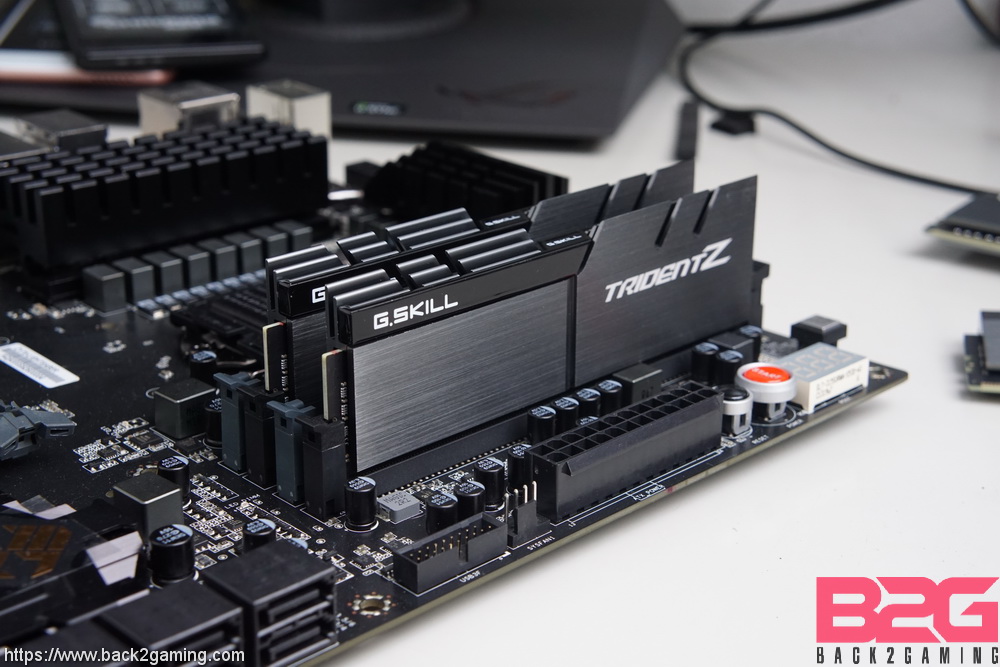
In terms of performance the Trident Z on its out-of-box configuration manages to edge by a hairline its competitors neck-to-neck but ultimately every second count and will give the Trident Z some points for that. While benchmarks were tested purely on a dual-channel, dual-stick configuration to keep a uniform testing environment, dropping all 4 sticks managed to gain similar results and while we’re still seeking comparable tests, we’ll update that on a future article. In practice though, the capacity benefits of 32GB is ultimately of more value and it surely does.
Going over quad-channel performance, this is where the kit shines most taking advantage of the improved bandwidth that the HEDT processors offer. While we can’t compare directly to the dual-channel kits we covered, to put it simply, the kit compliments our processor nicely and it looks great with our Rampage V Edition 10 motherboard.
Running full-speed DDR4-3200 is a bit of an odd situation in these X99 systems as each board implements it differently. Most boards we’ve tested will apply an overclock to set the XMP-rated values meaning our i7-6950X will run at 4Ghz when the XMP DDR4-3200 of the Trident Z is selected. This means you’ll need adequate cooling as well in this situation.
Touching on a bit of overclocking, we first tried to increase our memory clock to try and see if we can squeeze DDR4-3600 on these kits but sadly we were only ably to get around DDR4-3352Mhz before the system starts to flake out. Sticking with our memory OC we then try to tighten timings and managing to get at around 15-16-16-34 before we’d starting getting BSODs or outright booting problems. That said, we did not touch the voltage and as the thermal image above shows, the DIMMs are sitting around very cool temps even under load.

Given the prices of DDR4 right now, these kits are hard to find and scouring the net we did end up seeing kits go for around $350 and local PH pricing is estimated to be around Php15k if and when they’re available. Given that amount, some may shake their heads but content creators and multimedia professionals will appreciate the memory capacity which allows flexibility in multitasking and the large capacity for handling big data. While overclocking is not overwhelming, the capacity alone should dictate the positioning of this kit and as already mentioned, it lies between performance seekers and those looking to utilize its larger capacity.
While the RGB variant is already out, the choice ultimately boils down to the consumers and the Trident Z offers a more cost-effective option for those looking for a product that sits perfectly between performance, price and good lucks and the G.Skill Trident Z pulls this off nicely. While we like good-looking kits, performance still matters and ultimately the price is primary deciding factor for most users. With 32GB being a niche requirement, the G.Skill Trident Z DDR4-3200 32GB memory kit is an excellent choice for professionals looking to maximize their system.
G.Skill backs the Trident Z with a limited lifetime warranty. We give it our B2G Editor’s Choice Award!



